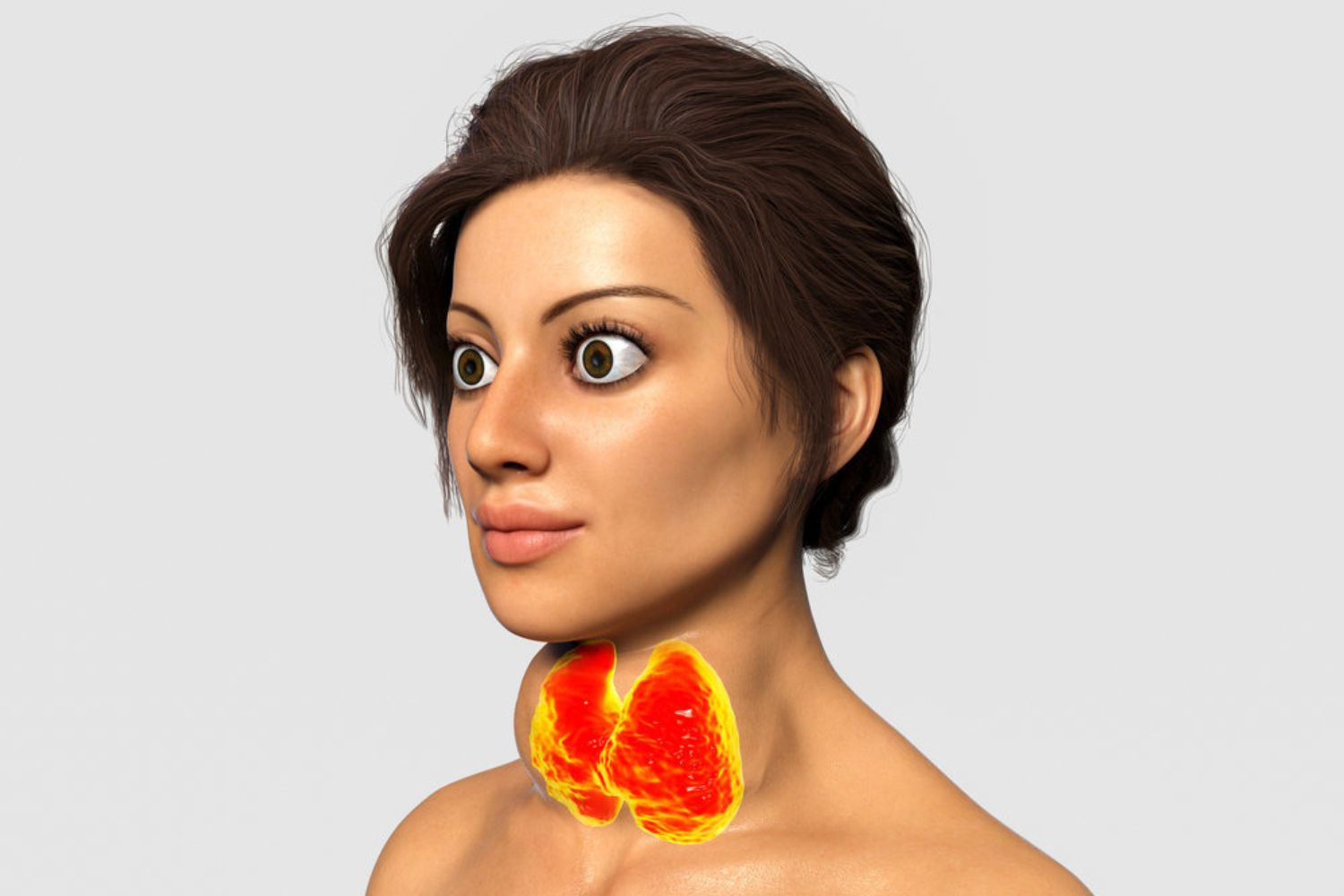
Abadie's Symptom might sound like a mysterious term, but it's a straightforward medical sign. Named after French neurologist Joseph Louis Irenée Jean Abadie, this symptom involves the absence of pain when pressure is applied to the Achilles tendon. Why does this matter? It can be a crucial indicator of tabes dorsalis, a form of neurosyphilis affecting the spinal cord. Recognizing this symptom can help doctors diagnose underlying conditions early. Want to know more? Stick around as we delve into 25 intriguing facts about Abadie's Symptom that will enhance your understanding of this medical marvel.
Key Takeaways:
- Abadie's Symptom, named after a French neurologist, indicates neurological issues like tabes dorsalis. It's detected through a simple Achilles tendon squeeze test and is associated with conditions like neurosyphilis and diabetes mellitus.
- Despite being discovered in the 19th century, Abadie's Symptom remains relevant in modern medicine. It helps diagnose neurological conditions, is part of medical education, and contributes to ongoing research in neurology.
What is Abadie's Symptom?
Abadie's Symptom is a clinical sign named after French neurologist Joseph Louis Irenée Jean Abadie. This symptom is often associated with certain neurological conditions, particularly tabes dorsalis, a form of neurosyphilis. Here are some fascinating facts about Abadie's Symptom.
-
Named After a Neurologist
Joseph Louis Irenée Jean Abadie, a French neurologist, first described this symptom. His work in neurology has left a lasting impact on the medical field. -
Linked to Tabes Dorsalis
Abadie's Symptom is commonly linked to tabes dorsalis, a late manifestation of syphilis affecting the spinal cord. -
Loss of Pain Sensation
The primary characteristic of Abadie's Symptom is the loss of pain sensation in the Achilles tendon when squeezed. -
Indicator of Neurological Issues
This symptom can indicate underlying neurological problems, particularly those affecting the sensory nerves. -
Not a Standalone Diagnosis
Abadie's Symptom is not a diagnosis on its own but rather a sign that helps in diagnosing other conditions.
How is Abadie's Symptom Detected?
Detecting Abadie's Symptom involves a simple clinical test. Here’s how medical professionals identify it.
-
Achilles Tendon Squeeze Test
Doctors perform the Achilles tendon squeeze test to check for pain sensation. Lack of pain response suggests Abadie's Symptom. -
Part of Neurological Examination
This test is part of a broader neurological examination to assess sensory nerve function. -
Requires Patient Cooperation
The test requires the patient to be cooperative and communicative about their sensations. -
Quick and Non-Invasive
The test is quick and non-invasive, making it easy to perform in a clinical setting. -
Used in Differential Diagnosis
It helps in the differential diagnosis of various neurological conditions, narrowing down potential causes.
Conditions Associated with Abadie's Symptom
Abadie's Symptom is associated with several medical conditions. Understanding these associations can provide deeper insights.
-
Neurosyphilis
One of the primary conditions linked to Abadie's Symptom is neurosyphilis, particularly tabes dorsalis. -
Peripheral Neuropathy
Peripheral neuropathy, a condition affecting the peripheral nerves, can also present with Abadie's Symptom. -
Diabetes Mellitus
Diabetes mellitus, known for causing nerve damage, may show Abadie's Symptom in advanced stages. -
Multiple Sclerosis
Multiple sclerosis, a disease affecting the central nervous system, can sometimes present with this symptom. -
Leprosy
Leprosy, a chronic infectious disease, can lead to nerve damage and exhibit Abadie's Symptom.
Historical Context of Abadie's Symptom
The historical context of Abadie's Symptom provides a glimpse into its discovery and significance in medical history.
-
First Described in the 19th Century
Abadie's Symptom was first described in the late 19th century by Jean Abadie. -
Part of Early Neurological Studies
It played a role in early neurological studies, contributing to the understanding of sensory nerve function. -
Influence on Neurology
Abadie's work influenced subsequent research in neurology, particularly in diagnosing neurosyphilis. -
Historical Treatments
Historical treatments for conditions associated with Abadie's Symptom were often rudimentary and less effective than modern methods. -
Evolution of Diagnostic Techniques
Diagnostic techniques have evolved significantly since Abadie's time, but his contributions remain foundational.
Modern Relevance of Abadie's Symptom
Despite its historical roots, Abadie's Symptom remains relevant in modern medicine. Here’s why.
-
Continued Use in Diagnosis
Doctors still use Abadie's Symptom in diagnosing neurological conditions, particularly those affecting sensory nerves. -
Educational Value
Medical students learn about Abadie's Symptom as part of their neurology curriculum, ensuring its continued relevance. -
Research Opportunities
Ongoing research into neurological conditions often references Abadie's Symptom, highlighting its importance. -
Improved Understanding of Neurology
The symptom contributes to a better understanding of neurology and the complexities of sensory nerve function. -
Foundation for Future Discoveries
Abadie's Symptom serves as a foundation for future discoveries in neurology, guiding new diagnostic and treatment methods.
Final Thoughts on Abadie's Symptom
Abadie's Symptom, a lesser-known medical sign, can be a crucial indicator of underlying neurological conditions. Recognizing this symptom involves checking for a lack of pain response when pressing on the Achilles tendon. This simple test can help in diagnosing conditions like tabes dorsalis and other neuropathies. Understanding these facts can aid in early detection and treatment, potentially improving patient outcomes.
While not a common term, Abadie's Symptom holds significant value in the medical field. Awareness and knowledge about such symptoms can empower both healthcare professionals and patients. Always consult a healthcare provider for accurate diagnosis and treatment options.
By staying informed, we can better navigate the complexities of health and wellness. Keep learning, stay curious, and prioritize your health.
Frequently Asked Questions
Was this page helpful?
Our commitment to delivering trustworthy and engaging content is at the heart of what we do. Each fact on our site is contributed by real users like you, bringing a wealth of diverse insights and information. To ensure the highest standards of accuracy and reliability, our dedicated editors meticulously review each submission. This process guarantees that the facts we share are not only fascinating but also credible. Trust in our commitment to quality and authenticity as you explore and learn with us.
